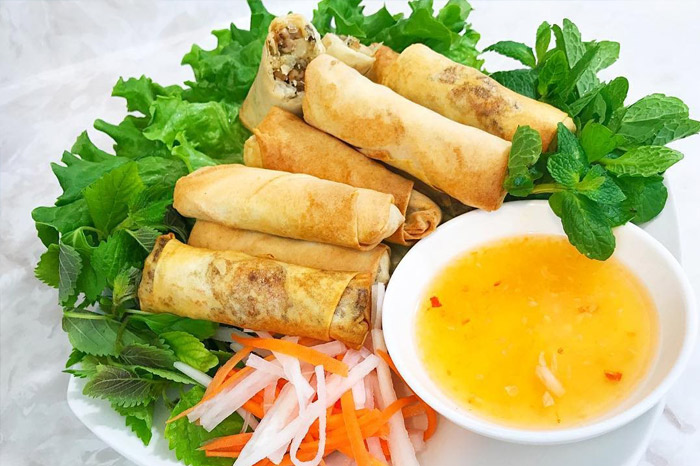
Nem (spring rolls), do you like them?
- on Jan 16, 2021 By: BN
"To eat is to incorporate a territory" (Jean Brunhes), as evidenced by the nem whose name is honored in the French dictionary as a symbol of Vietnamese culinary art.
The nem (spring roll), also known as "nem rán" or "chả giò" is a harmony of colours, smells and flavours of a dozen ingredients and spices. So it’s out of the question to try it for hasty cooks. Under a magnifying glass, the rice cakes are stuffed with belly meat, spring onions, black mushrooms, shiitake, eggs, onion, transparent soy vermicelli, shrimp (or crab), carrot, kohlrabi (or bulbous cowpea), sprouts soy, and pepper. To taste it, like a classical show punctuated by a concert, the spring roll embellished with a salad leaf and aromatic herbs is dipped in "nuoc cham" the sweet and sour fish brine sauce.
A prolific family
These famous fried rolls are known in Vietnam with various versions typical of the regions, depending on the composition of the filling. Vegetarians also have their own variations. Likewise, its name comes under different names depending on the region, “nem rán” in the North, “cuốn ram/chả ram/chả cuốn” in the Centre and “chả giò” in the South.
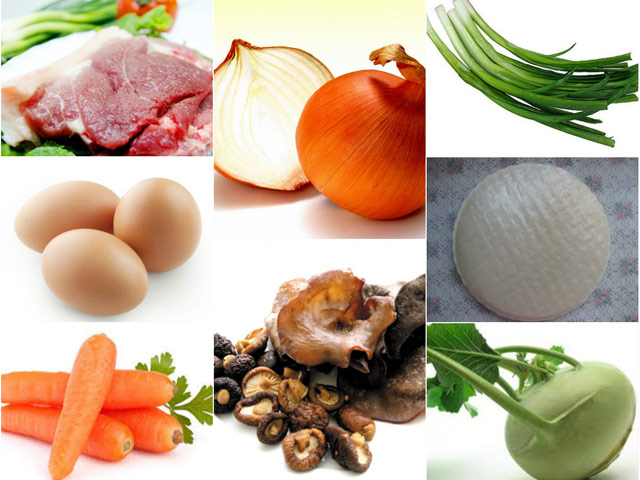
According to gourmets, if we make a directory of kinds of egg rolls in three regions of Vietnam, it is no less than sixty. The great nem family obviously includes new recipes that differ according to the choice of ingredients, shape and shell.
Let's come back first to the classic recipe which highlights great finesse from the mastery of making rolls to the refinement of golden spring. Step by step, the nem are prepared with the greatest care, whether for beginners or the experienced. The ingredients are chopped without crushing too much as the varied smells are still recognizable in the filling mixture. A good dose of each ingredient is added to a flexible vinegar envelope, rolls not too tightly wound, cooking in two fryers, each of which has its own temperature. And the best “nuoc mam” sauce is often made from Phu Quoc brine.
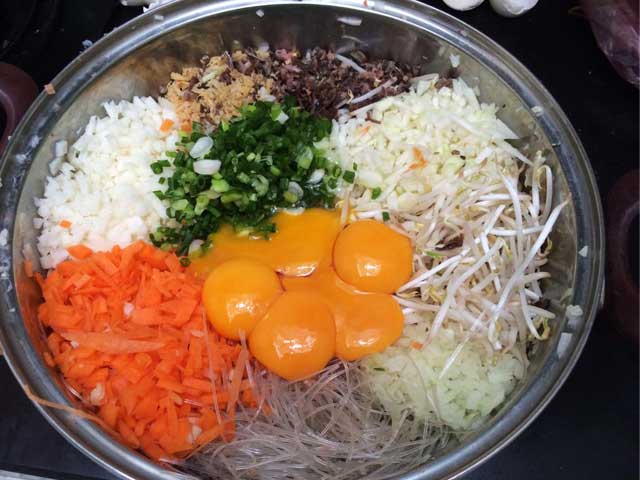
A Vietnamese cultural icon
For its palette of tastes and colours and above all, its great delicacy, nem was not a dish for everyone before. In fact, these rolls, as sophisticated as they are delicious, were only used on the tables of imperial or wealthy families, especially during the traditional Tet or on special or important occasions such as weddings, the recognition of ancestors, etc.
A distinctly Vietnamese speciality, it is no coincidence that nem is interpreted or rather nobly named by the French "imperial pâté". A speciality originating from North Vietnam, nem has become a national dish and is quite a unique dish in the world. Let's try to find its’ probable sisters among our neighbours.
A popular dish in Laotian cuisine is 'som moo', a fermented or sour pork sausage, which is eaten raw or cooked. Cambodians do not have their typical roll.
The Chinese also create fried rolls in their "Chunjuan" image which traditionally make themselves into simpler ingredients with regard to the nem. In addition, Chunjuan's husk is an elastic wheat flour dough that is thicker than that of nem. At the beginning of the 19th century, the English on their arrival in Hong Kong and in some Chinese provinces were the first to call “egg rolls” or spring rolls. These Chinese rolls larger in shape than the nem which, far from the virtues of eating well, rather satisfy gluttony.
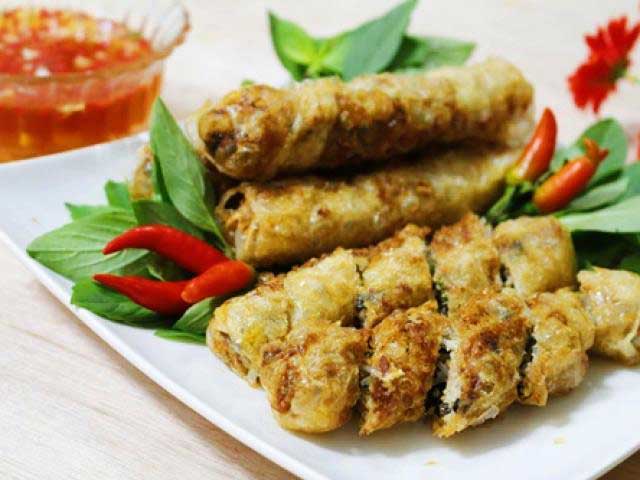
At first glance, the wrapper of the rolls is deceptive, until many diners attribute the name "egg roll" to the Vietnamese spring roll. Hence the existence of the typical misunderstanding, concluding that nem comes from China. On the other hand, the Vietnamese nem is incomparable, whose husk, the rice cake, is thinner, and the taste is more varied.
On the authentic side, nuoc cham, the fish-based brine, is exemplary of the creation of the Vietnamese. The nem stuffing is also marinated in "nuoc mam" which cannot be replaced by soy brine or others.
On top of the best dishes in the world
The French in turn, coming to Indochina and China, appreciate only the Vietnamese nem. The dictionary published in 1651 during the time of Alexander of Rhodes does indeed mention the "nem" in Vietnamese cuisine. In Larousse, the nem is exclusively mentioned as a “Vietnamese speciality”.
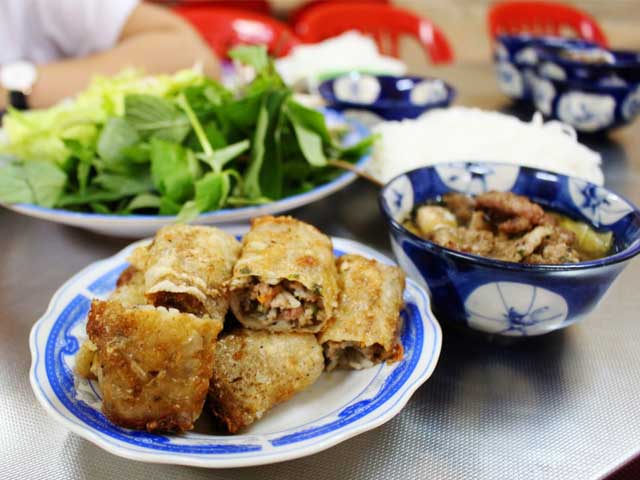
Basically, nem, the Vietnamese name which travels in all the continents, is amply worthy of its place “the best of the best” of the Vietnamese national culinary heritage. Currently popular and easily accessible, the nem is present everywhere in restaurants and in street canteens. This dish is also ideal as a starter for family meals during festive events. This is a culinary experience not to be missed under any circumstances during a trip to Vietnam!
As a perfect companion of "bun cha", the nem very often shares the same table as its’ famous compatriot. Foodies and gourmets coming to Hanoi will be spoiled for choice to feast on these supreme Vietnam specialities.
Related articles:
>> The multi-coloured cuisine of Vietnam
>> Mam tom - shrimp paste in 4 popular Vietnam dishes
>> Vietnamese Rice Cuisine: 8 Dishes to Try Once in Your Lifetime
Comment
Other Blog
Categories
Latest News
on 27 Apr, 2023      
on 15 Apr, 2023      
on 28 Mar, 2023      
 Español
Español Français
Français






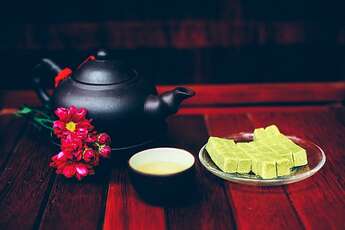
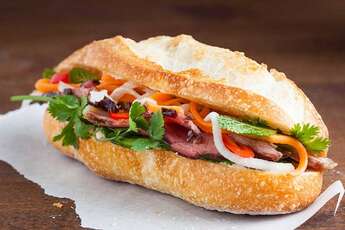

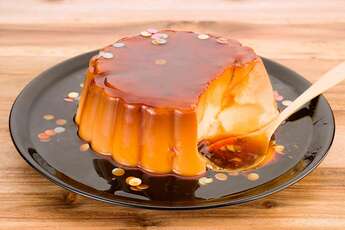









F
on Jan 3, 2024Igor Mozetic
on Apr 8, 2023Ira Beale
on Feb 10, 2023Phạm Phú Toàn
on Jan 28, 2023Max Stover
on Jan 11, 2023